Delegates attending the morning meeting on February 19 - Photo: GIA HAN
On the morning of February 19, with 455/459 delegates voting in favor, 3 delegates disagreeing, and 1 delegate abstaining, the National Assembly passed a resolution on the investment policy for the Lao Cai - Hanoi - Hai Phong railway construction project.
Strive to complete the project by 2030 at the latest
According to the approved resolution, the project starts at the border rail connection point (Lao Cai province) and ends at Lach Huyen station (Hai Phong).
The main route is about 390.9km long; the branch routes are about 27.9km long; passing through 9 provinces and centrally-run cities including Lao Cai, Yen Bai, Phu Tho, Vinh Phuc, Hanoi, Bac Ninh, Hung Yen, Hai Duong and Hai Phong.
New investment scale for the entire single-track route, 1,435mm gauge; general passenger and cargo transportation.
Design speed 160km/h for the main line from the new Lao Cai station to Nam Hai Phong station.
Design speed 120km/h for the section through Hanoi hub area, design speed 80km/h for the remaining sections.
Form of public investment. Preliminary total land use demand is about 2,632ha, including rice land about 716ha (of which rice land for two or more crops is about 709ha), forestry land about 878ha, other types of land according to regulations of land law about 1,038ha.
Preliminary resettlement population is about 19,136 people. Preliminary total investment of the project is 203,231 billion VND (more than 8 billion USD).
State budget capital allocated in medium-term public investment plans and other legal capital sources.
The implementation progress according to the resolution is to prepare a feasibility study report from 2025, striving to complete the project by 2030 at the latest.
No exemption or mitigation of liability
Previously, presenting the report on acceptance, revision, and explanation of the National Assembly Standing Committee, Secretary General and Head of the National Assembly Office Le Quang Tung said that many opinions disagreed with the provisions in the draft resolution on exemption and reduction of responsibility of heads of agencies and units when negative impacts, group interests, and waste occur.
Because it will violate the principles and regulations of the law and is not consistent and fair to officials and civil servants implementing similar projects. There are opinions in agreement with the Government's proposal, however, it is necessary to specify the applicable cases.
Mr. Tung stated that the National Assembly Standing Committee agreed with many opinions of National Assembly deputies.
In case this regulation is needed to protect cadres and civil servants who dare to think and dare to do, we suggest that the Government conduct thorough research to have a general and universal regulation and report to the competent authority before submitting it to the National Assembly for consideration and decision.
Therefore, please do not specify this content in the draft resolution.
Regarding the preliminary total investment and capital sources, Mr. Tung suggested clarifying the project's investment rate and comparing it with the Vientiane - Boten railway line.
The Standing Committee of the National Assembly stated that according to the Government's report, the total preliminary investment is calculated according to the provisions of the law on construction.
The current announced investment rates of the countries are calculated for the construction and equipment part, not including land acquisition costs, compensation, support, resettlement and other specific costs (cost of Tan Vu - Lach Huyen bridge, cost of renovating 1,000mm wide road in Lao Cai station area, cost of 1,000mm wide road through Hanoi hub area).
Compared with the investment cost of the 418km Vientiane - Boten railway line with an investment cost of 5.96 billion USD, the investment rate is converted to 16.77 million USD/km.
The Lao Cai - Hanoi - Hai Phong railway line has an investment rate of about 15.96 million USD/km, similar to the investment rate of some reference projects in the region.
Besides, the comparison of investment rates between projects is only for reference because it depends on many factors such as implementation time, technology, terrain conditions, geology, hydrology, technical standards, applied technology, and localization capability.
Tuoitre.vn


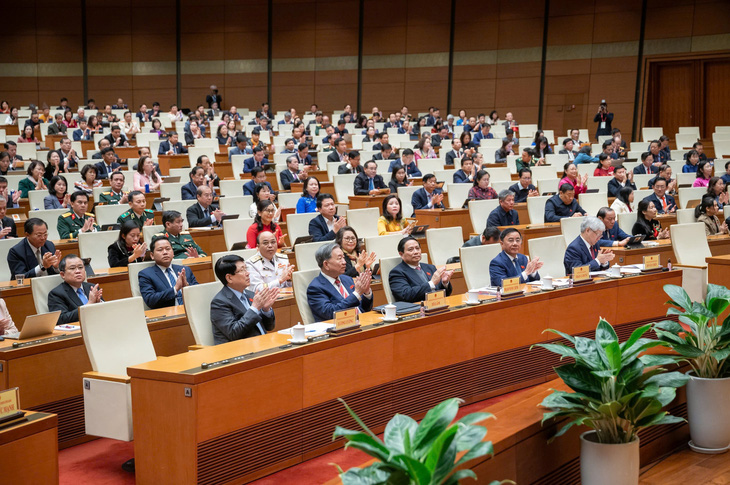






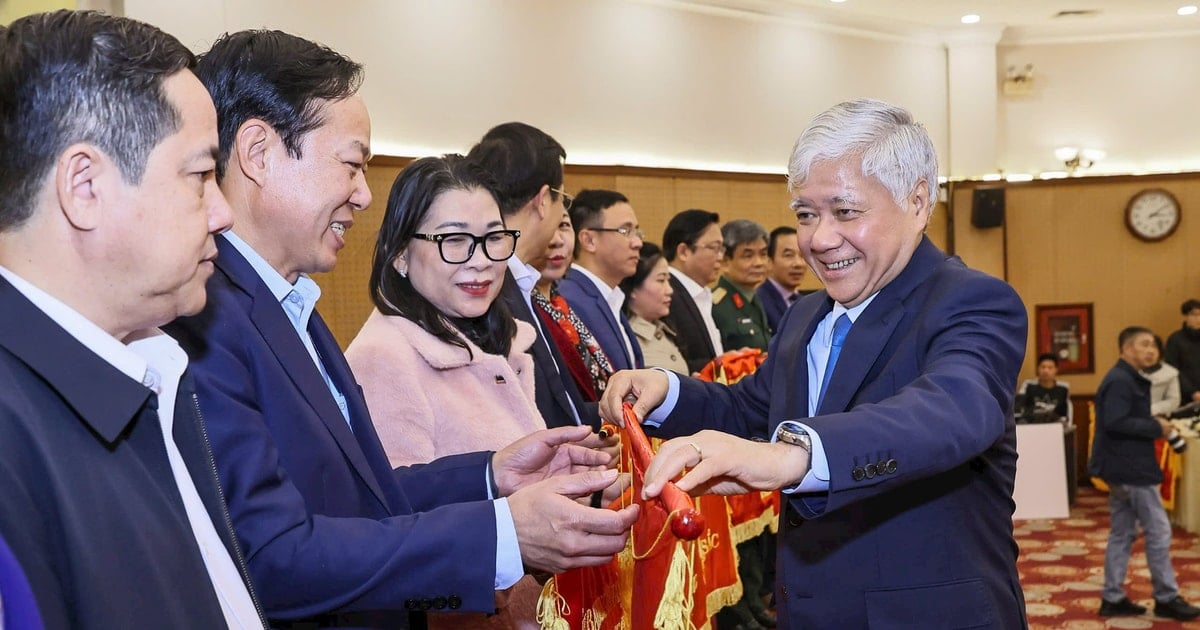

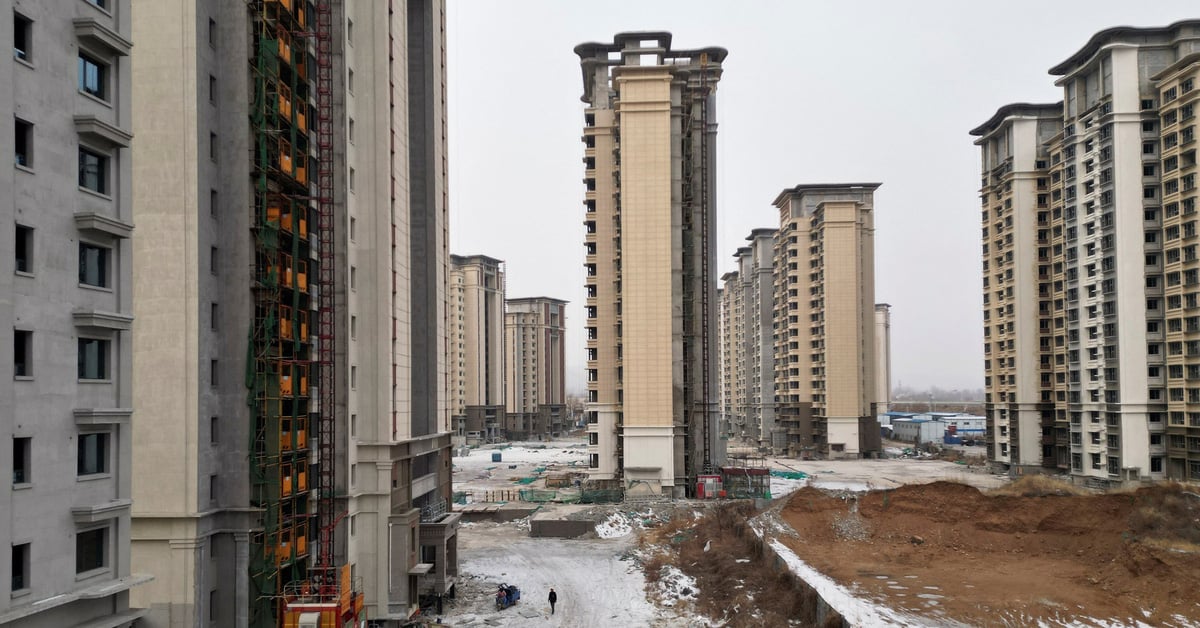
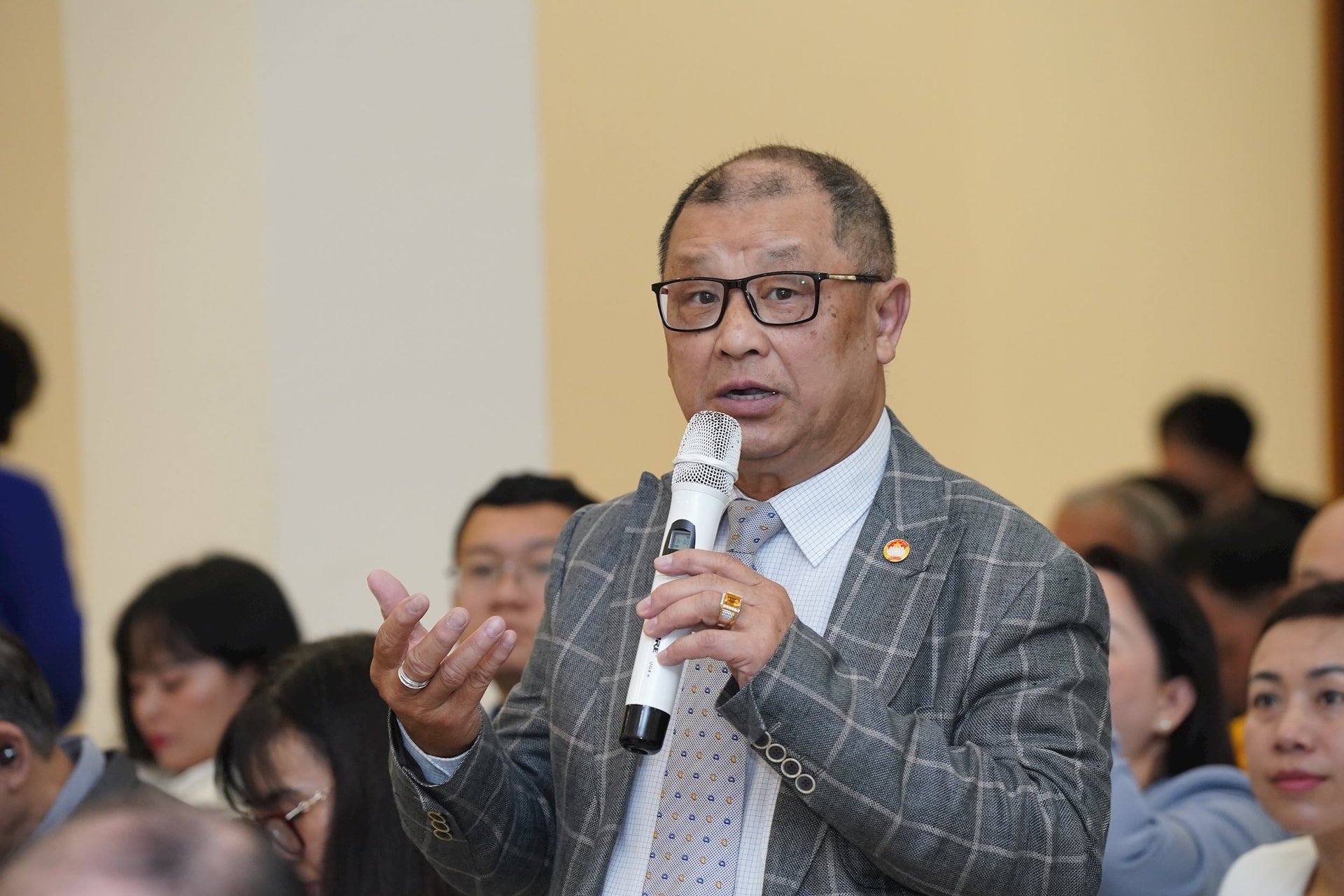
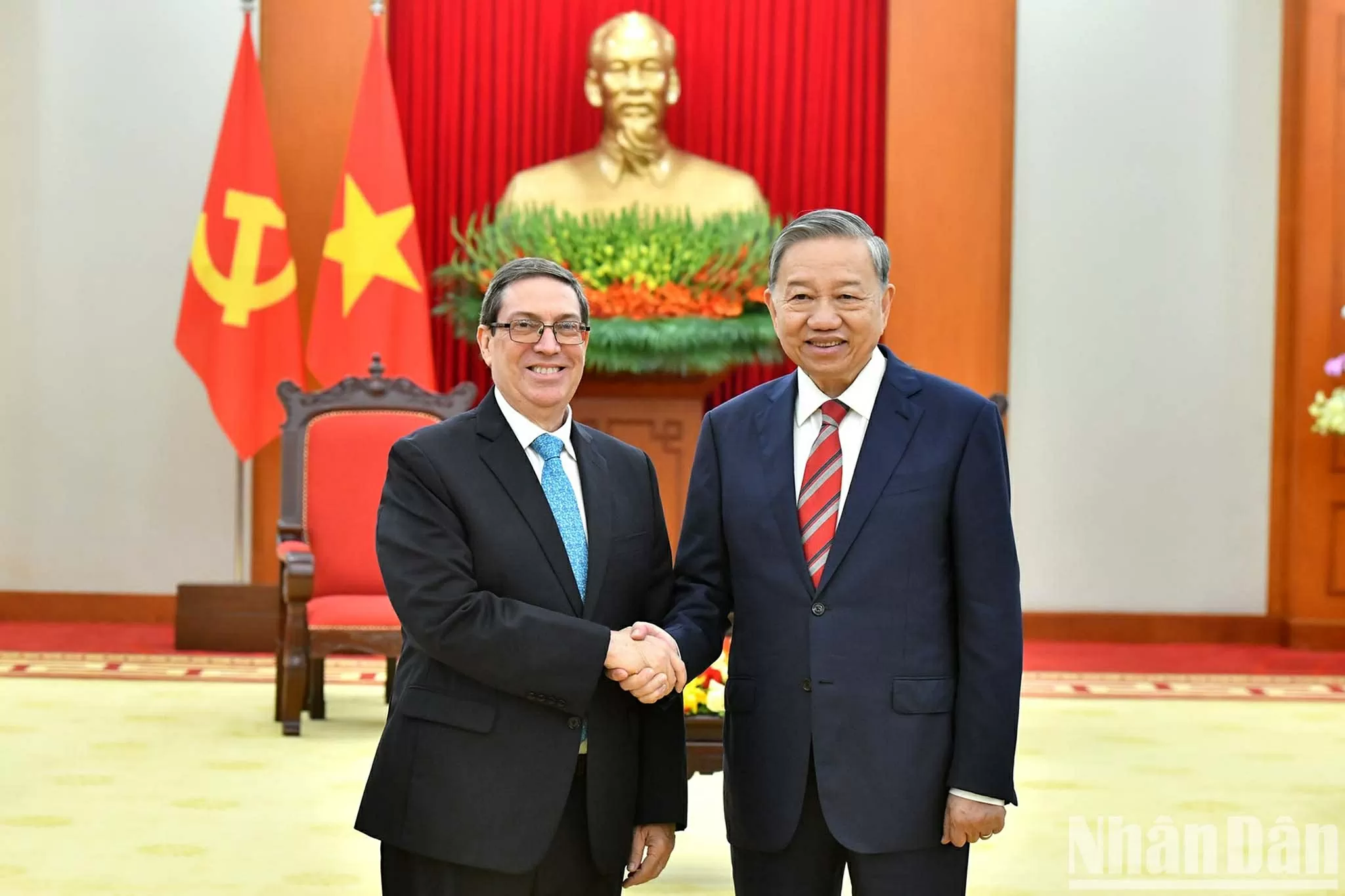

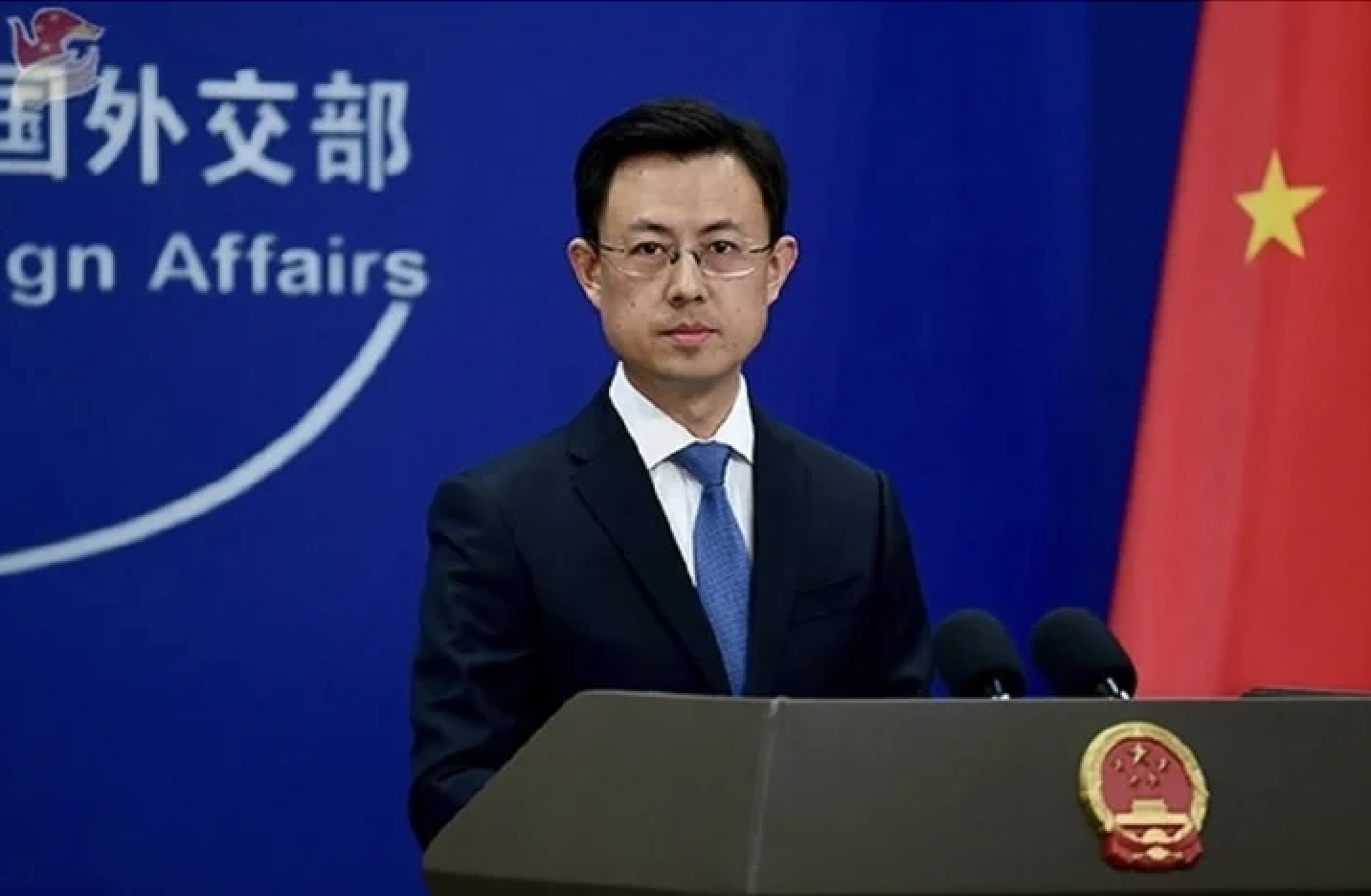







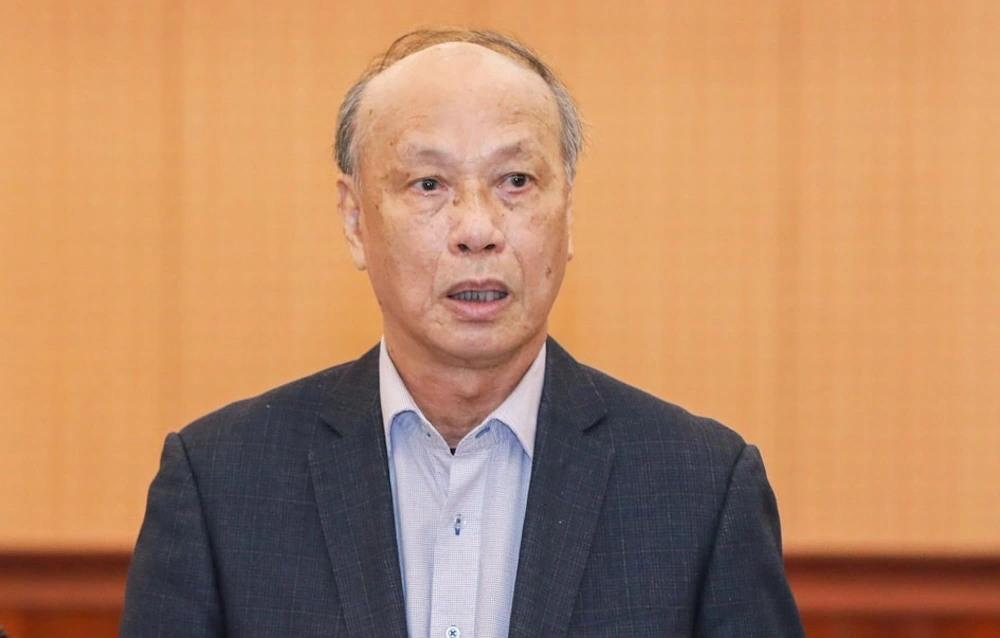
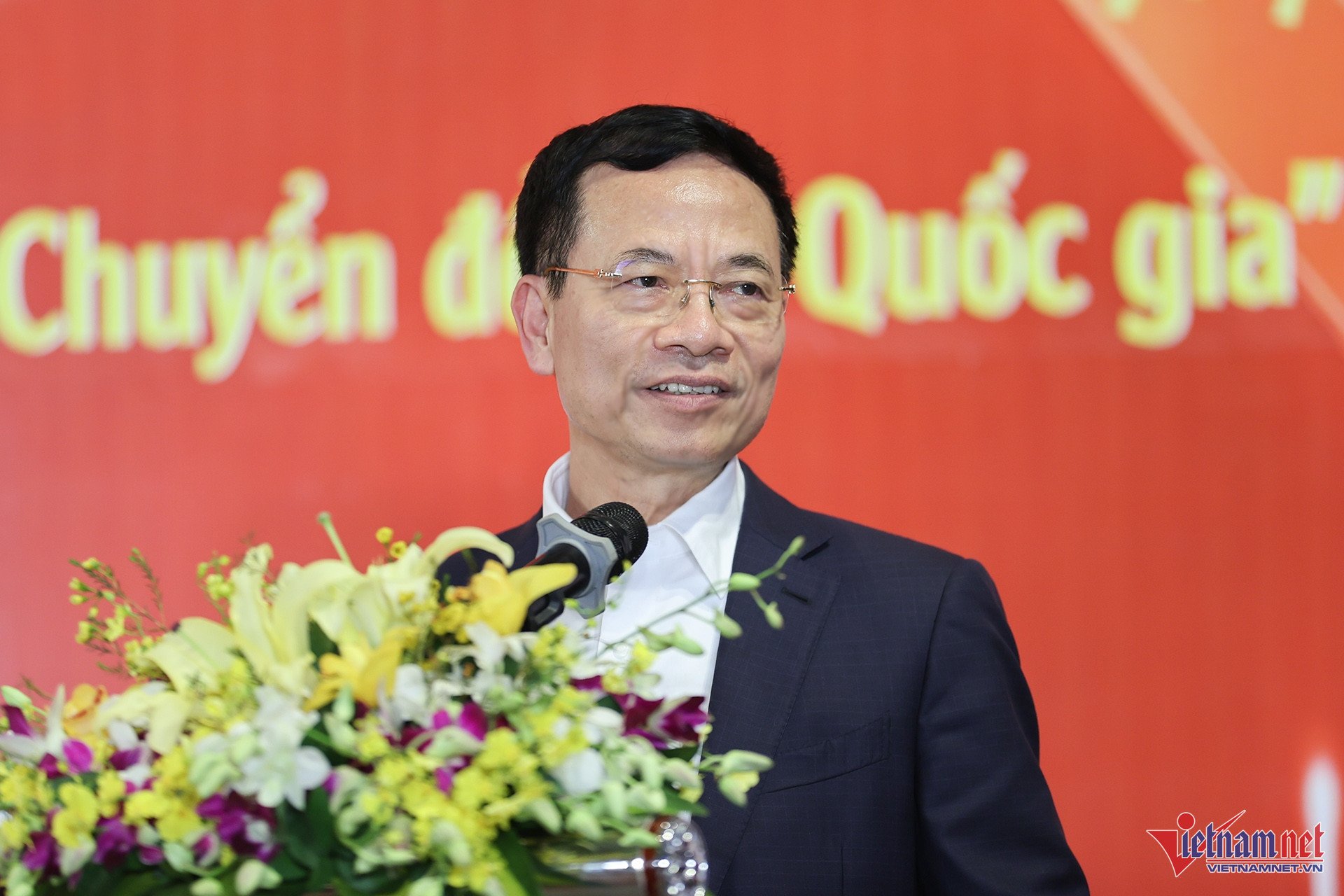


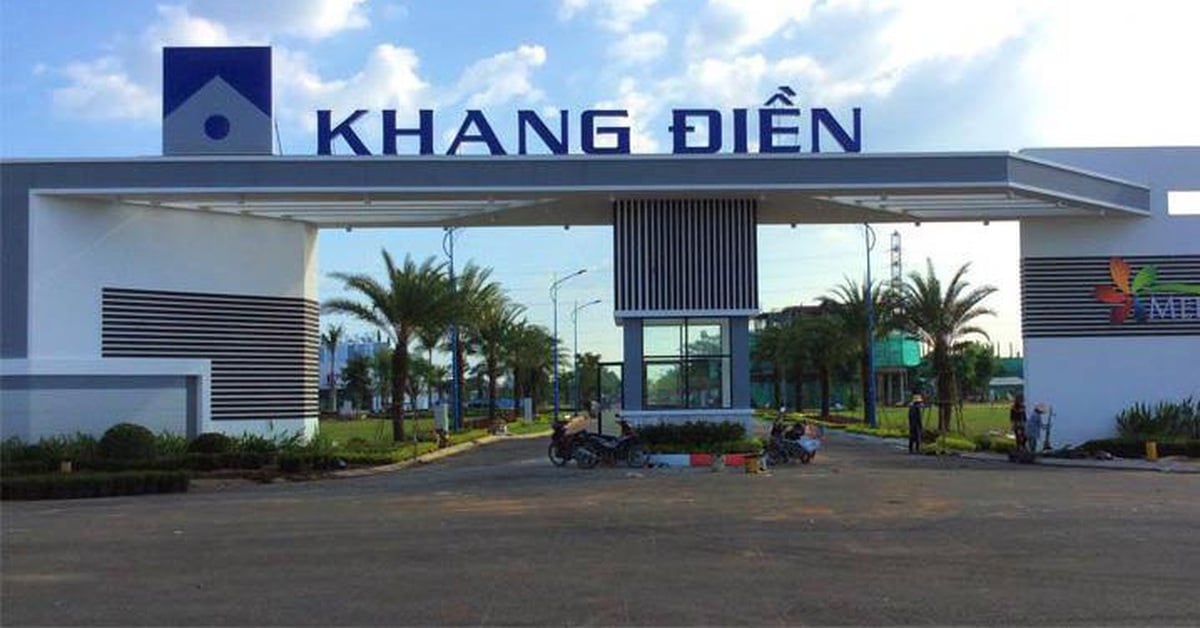
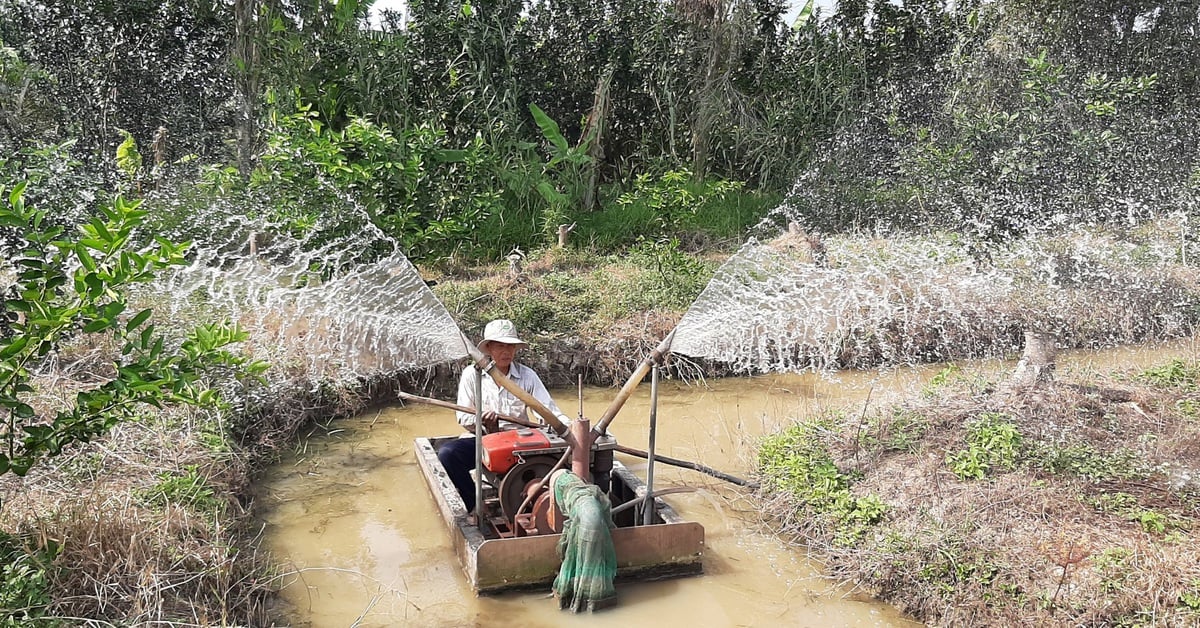


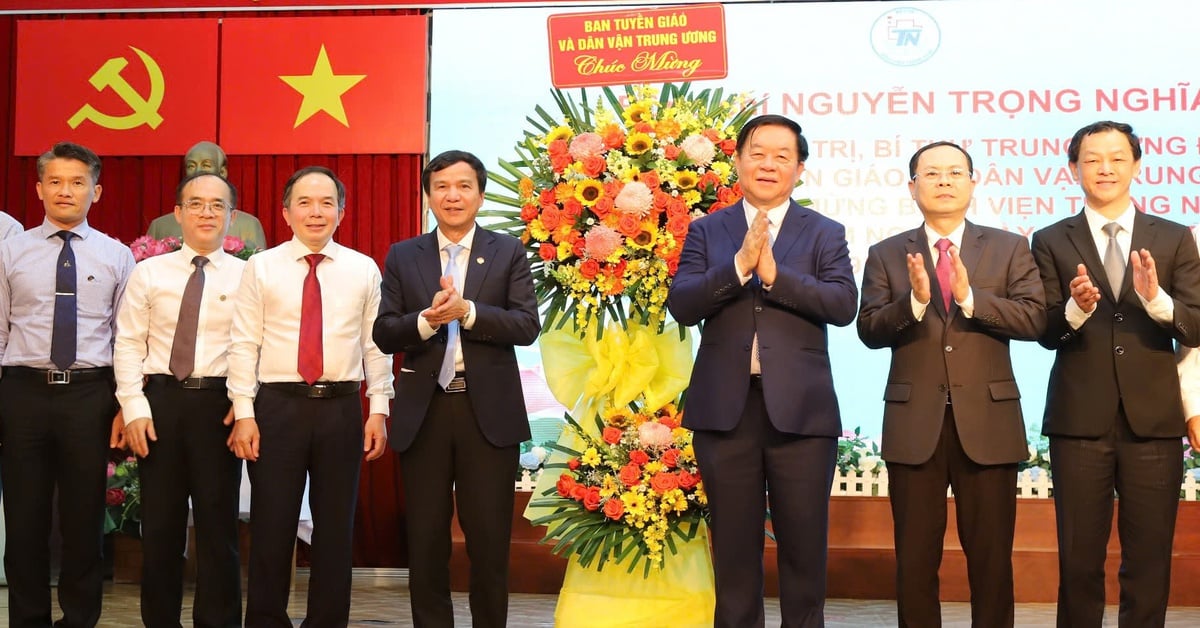








Comment (0)